Meet the Indigenous Women Who Are Working to Protect Australia’s Great Barrier Reef

Women have been charged with caretaking for millennia, but until recently, they were rarely paid as leaders to conserve indigenous lands.
“Ranger roles were perceived as men’s business,” says Larissa Hale, managing director of the Queensland Indigenous Women Rangers Network and one of the Australian state’s first female rangers. “There was an obvious underrepresentation of women in these programs, and it became more obvious at the senior management levels.”
More from Robb Report
This $27 Million Miami Beach Mansion Has a Private Dock and Its Own Meditation Garden
Welsh Police Seize a Trio of Banksy Works as Part of a Criminal Investigation
Tesla Town? Elon Musk Is Reportedly Building His Own Texas 'Utopia' for Employees to Live in
Now Hale, who says she forged a connection with the land and the sea while growing up on the northern tip of the Great Barrier Reef, is helping establish the next generation of female rangers in Queensland—and hoping to create a network that could span the planet, helping to repair ecosystems from Hawaii to Nepal to Tanzania.
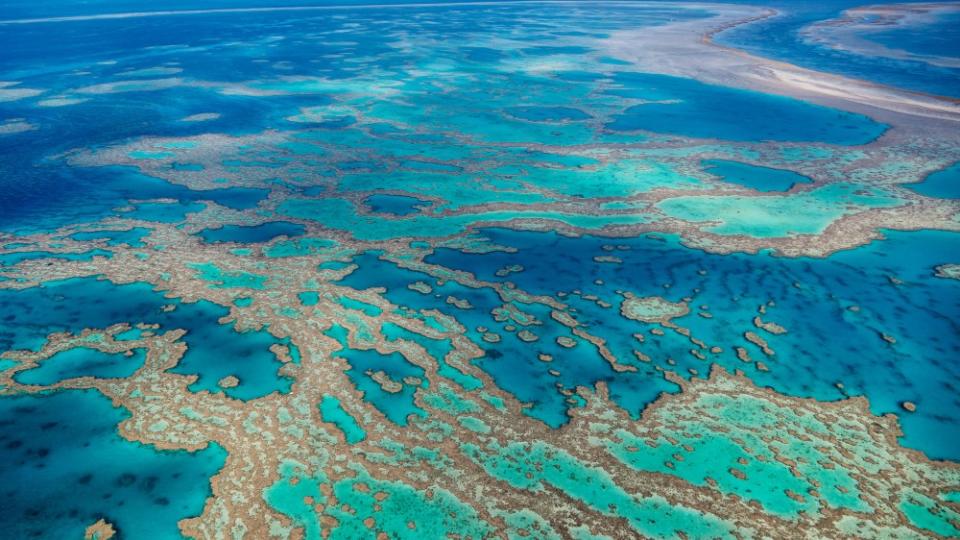
In December, Hale’s group, Indigenous Women of the Great Barrier Reef, received an Earthshot Prize, one of several environmental conservation awards founded by Prince William and Sir David Attenborough. Founded in 2021, the award recognizes groups with ambitious goals to help solve environmental problems by the end of the decade.
The $1.2 million prize will help the Queensland Indigenous Women Rangers Network continue its work “normalizing women in ranger jobs so that we can find some gender equity in employment rates,” Hale says. Ranger work includes managing fires, protecting cultural heritage sites, sustaining waterways and vegetation, and monitoring and supporting threatened plant and animal species.
The program, which has trained and mentored more than 135 women, “highlights role models so that “girls or women wondering what job options they could have could think about ranger jobs.”
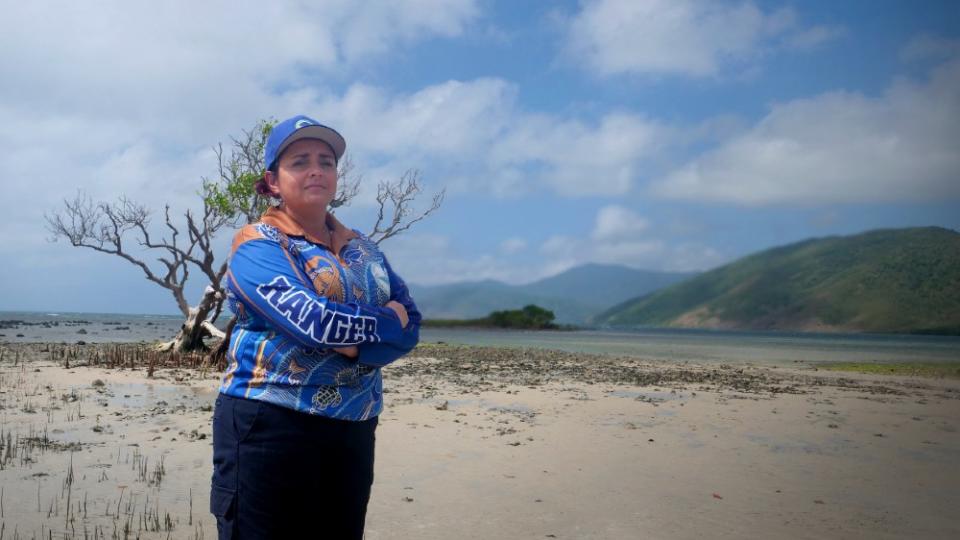
The Greater Barrier Reef will need them. It comprises 2,500 individual reefs, and more than 900 islands, covering 134,000 square miles. About 60 percent has experienced widespread coral bleaches in 1998, 2002, 2016, 2017, 2020 and 2022. The bleaching is caused by sustained, warmer-than-normal water temperatures that cause the coral to look lifeless, though it can be restored over time.
Hale was one of the founders the Yuku-Baja-Muliku Rangers, a group that monitors sea-grass beds, operates a sea-turtle rescue and rehab center, and undertakes projects for restoring the local eco-system. The goal of the group is to manage the Yuku-Baja-Muliku country sustainably, ensuring its biodiversity and culture lives on through the custodial work.
“This is the ultimate in first-responder work,” Anna Marsden, managing director of the Great Barrier Reef Foundation, recently told the Australian Broadcasting Corporation (ABC) about Hale’s work. “We need more rangers like Larissa—’proud women from the bush,’ as she calls her group—and it’s clear through the dramatic growth we’ve seen that it can inspire other women-led groups to lean into environmental work.”
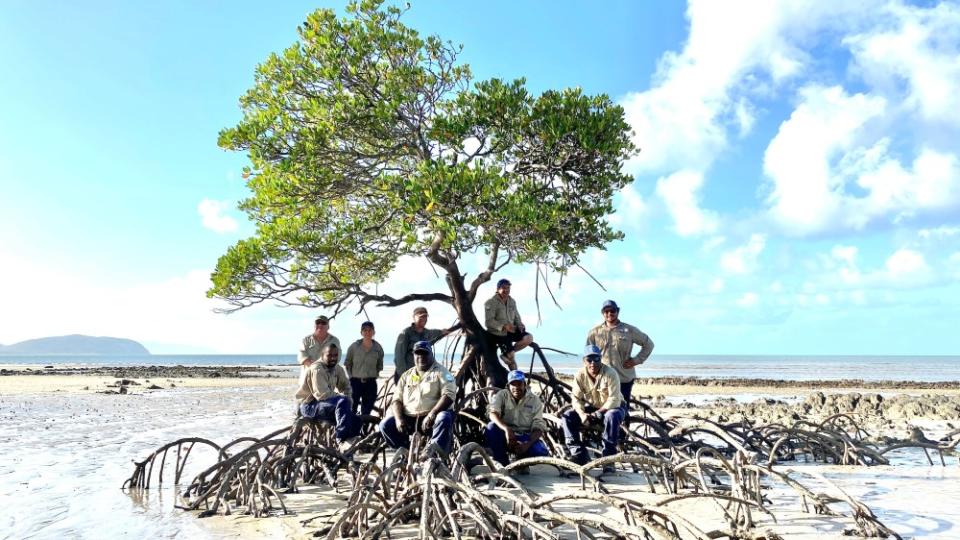
“We watch as quiet, unsure women find their voices and share their stories,” Hale says. “This confidence translates back to community. This could help create a global groundswell of First Nations female-led conservation programs, the largest effort of its kind on the planet.”
Hale says indigenous women bring unique attributes to the role, since they grow up in tune with the rhythms of the ecosystem, from mangroves to seagrasses to coastlines. “We know when fish are good to catch at what time of year and how much water needs to be moving through a river to make sure it’s healthy,” she says. The group also works closely with scientists to coordinate eco-rescue plans.
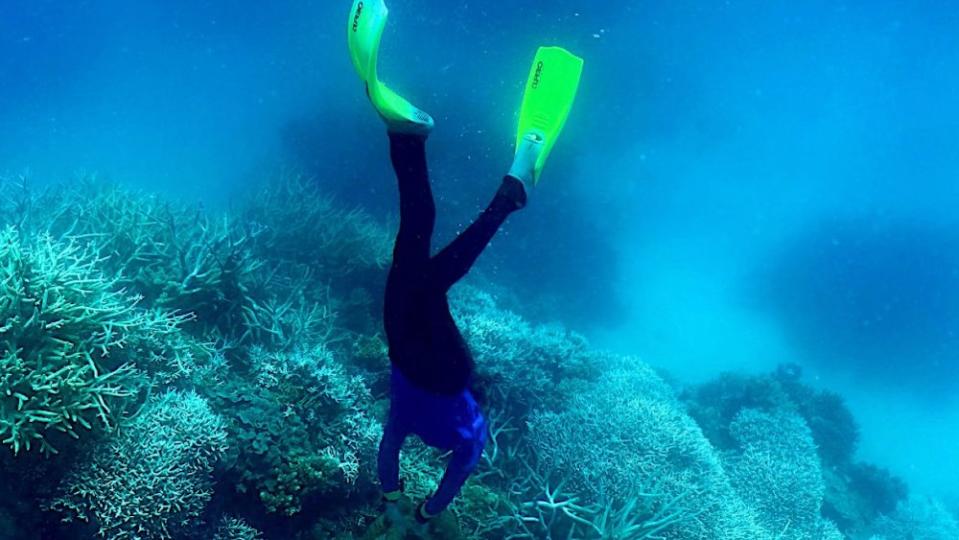
In addition to nurturing indigenous traditions and their connection to the past, the program is also looking toward the Great Barrier Reef’s future. The network is focusing on cutting-edge technology as the role of the ranger evolves. Think drones to map coastlines or detect algae blooms underwater.
Hale says the group recently completed a two-day training course in how to use Google Earth Pro. The software allows them to map the walking tracks that their elders used to use for bush tucker—food—collection.
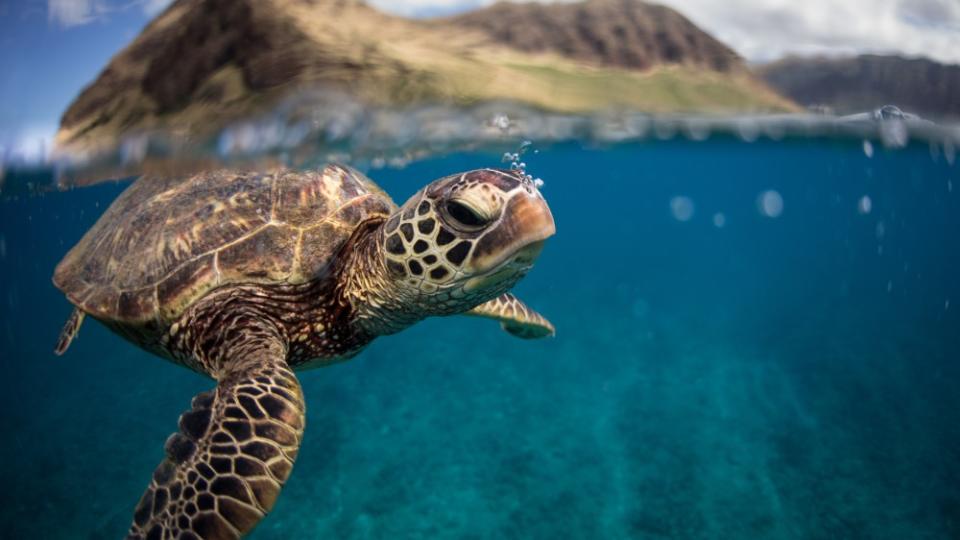
The significance of using technology to save the world’s largest coral reef ecosystem is not lost on Hale. “This information [like the ancestral trails] might otherwise be lost if elders aren’t able to share before they pass on,” she says.
Marsden adds that the Great Barrier Reef’s problems are world renown. “But what we haven’t focused on are solutions,” she says. “Larissa’s work is a solution. She and her people are guardians of the world’s greatest wonder.”
Best of Robb Report
The 2024 Chevy C8 Corvette: Everything We Know About the Powerful Mid-Engine Beast
The 15 Best Travel Trailers for Camping and Road-Tripping Adventures
Sign up for Robb Report's Newsletter. For the latest news, follow us on Facebook, Twitter, and Instagram.

